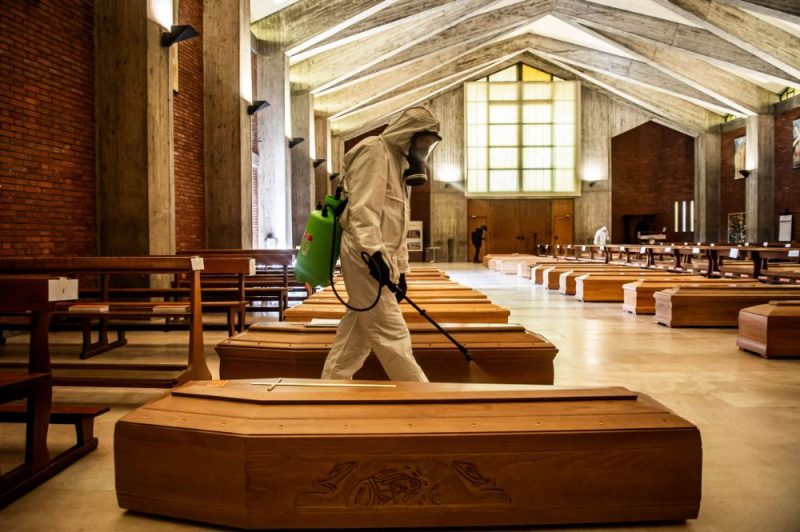Jakarta –
Earth’s Core, the very hot interior of the Earth, is slowly cooling. But exactly how fast the Earth’s core is cooling is still unknown.
By studying how well Earth’s common minerals conduct heat, researchers from Carnegie and ETH Zurich have discovered that our planet’s interior may be cooling faster than we thought.
Quoted from New Atlas, the time it takes the Earth’s core to cool is a mystery. But the scientists in the new study looked for some answers by investigating a key mineral called bridgmanite.
The boundary layer between Earth’s outer core and lower mantle is composed mostly of bridgmanite. So studying how well minerals conduct heat could have huge implications for the planet. The problem is, collecting these measurements is difficult in the lab.
The researchers therefore placed samples of bridgmanite in diamond cells heated using a laser system to simulate intense pressures and temperatures deep within the Earth. Then they measured the thermal conductivity of bridgmanite through an optical absorption system.
The team found that bridgmanite was about 1.5 times better at conducting heat than had long been thought. This in turn would mean that heat is more easily transferred from the core into the mantle, accelerating the rate at which the Earth’s interior cools.
This can become faster over time. As bridgmanite cools, it turns into another mineral called post-perovskite, which is an even more efficient conductor of heat. When these new minerals begin to dominate the boundary, the inner Earth can cool even faster.
“Our results can give us a new perspective on Earth’s evolutionary dynamics. They predict that Earth, like the other rocky planets Mercury and Mars, cooled and became inactive much faster than expected,” said Motohiko Murakami, author of the study.
If the Earth’s core cools
We need the center of the planet to stay hot so it can protect Earth from the solar wind and potentially dangerous debris.
If the Earth’s core cooled, the planet would cool down and die. The Earth will also be engulfed in darkness, as power plants draw radiant heat from the Earth’s crust and use it to heat water, the steam that drives turbines to generate electricity.
Cooling could also make us lose the magnetic shield around the planet created by the heat from the core. This shield protects the Earth from cosmic radiation.
Shields are created by the process of convection caused by iron in constant motion. Like the planet itself, Earth’s core keep turning. Some scientists think Earth’s core is moving faster than the rest of the planet.
Friction converts kinetic energy into electrical and magnetic energy that forms a field, which bends harmful charged particles from the sun toward the north and south poles.
How much loss of the magnetic field would change life on Earth is unclear. Some say the planet could see an onslaught of radioactive waves that would overheat the planet and make it uninhabitable.
Other information suggests a possible increase in the intensity of sunlight which is believed to cause cancer. Observers also say we can experience the solar wind sweeping across all oceans, lakes and rivers as it does on Mars and Venus.
Researchers can’t say for sure how long the cooling of Earth’s core will take. It is important to note that this acceleration occurs on a geological time scale. Interior Bumi may be cooling faster than previously thought, but it will still be for billions of years.
Watch Videos “Disbudpar Bandung Simulation Results: Geological Museum Worth Opening“
[Gambas:Video 20detik]
(rns/afr)
– .


